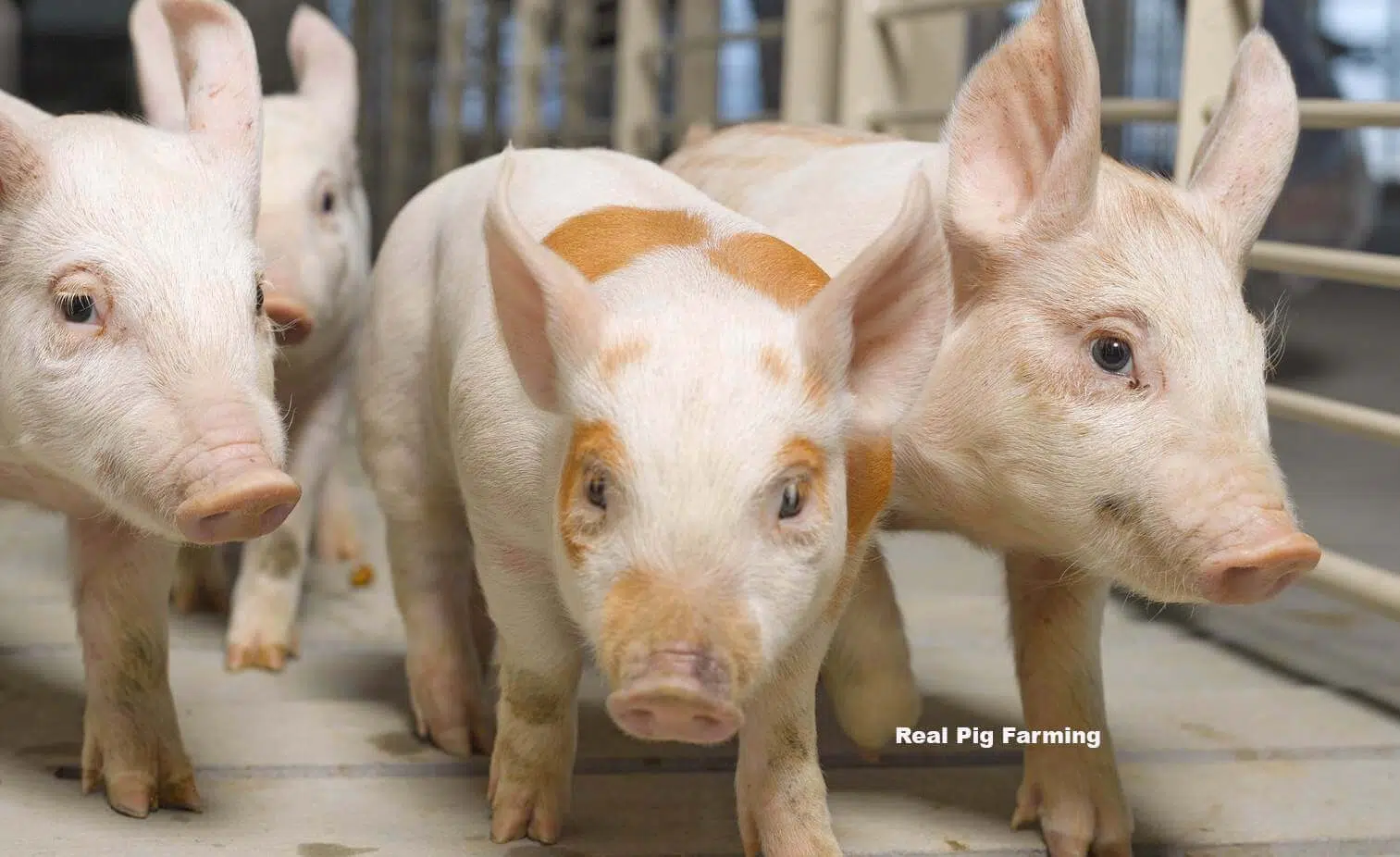This is Part 1 of a two-part series. The aim of Part 1 is to explain the importance of, and the link between, gut health and pig performance, while Part 2 will detail some practical tips for achieving optimum gut health.
Piggery owners and managers make a host of decisions every day. Some of those decisions are important and strategic and impact the piggery over the long term, while others are tactical or minor, and of limited long-term impact. Obviously, decisions are generally made in hopes of improving the functioning of the piggery.
Many decisions in a piggery (or any business) are complex, and they are almost never made for only one reason. Decisions are motivated by considerations of profit, cash flow, risk, management effort, labour supply, implementation efforts, physical constraints on the piggery, as well as various personal motivations, including emotion, tradition, and habit.
For many, if not most, piggeries, the single most limiting resource, is the manager’s time and attention. If problems are to be addressed and decisions are to be made, where should the manager focus his/her attention? For business management, that question is often answered by considering the goal that is being pursued. If a particular goal is not being achieved in the piggery, then presumably there is some problem limiting the process that leads to that goal. This leads management to ask: “What problems are there in our business and how can we solve them?” While logical on its face, using this as the dominant decision criteria may not be the most efficient method of managing a piggery.
What is the problem?
Simply defined, a problem means that something is not the way it should be. There may be problems with the product or processes in the business, physical items such as buildings and equipment, personnel, financial constraints, or issues of either public perception or regulatory control. This is a broad and daunting list and if the piggery manager gets up in the morning with this list of problems in mind, it may be that exhaustion sets in quickly.
When it comes to animal feeding, the use of feed additives such as pre-and probiotics or direct-fed microbials (DFM), refined functional carbohydrates (RFCTM), and/or performance trace minerals in animal feed to promote gut health and pig productivity has become an area of intense interest for many producers, particularly in light of the continuing movement away from antibiotic growth promoters (AGP) worldwide.
The growing body of evidence elucidating the biological mechanisms supported by probiotics or prebiotics should give producers confidence that an optimal solution for their challenge can be found. The right multi-strain DFM on its own can get similar performance effects to AGP or, when used in combination with enzymes, can provide an insurance policy that is proven in challenging situations.
Customised solutions that factor in genetics and environment are also available. In addition, a variety of nutritional strategies often have to be considered, so consultants and producers should investigate the research done to prove that the nutritional strategy does what is meant to be done, coupled with monitoring of animal performance.
There is no one-size-fits-all solution!
Do your homework
A recent study has shown that the combination of a novel protease and probiotic (three strains of Bacillus subtilis) can increase livability rates in grower-finisher pigs, while also improving growth rates. This research forms part of a new scientific approach focused on helping producers make strategic feed decisions to improve animal performance and maximise commercial return.

High production costs for grower-finisher pigs mean every element is under scrutiny to deliver maximum value for money, none more so than feed, which is widely acknowledged as the single largest expense.
So, every pig that is unable to thrive or is lost to disease represents a significant financial hit for the producer. This makes avoiding potential losses through improved livability a high priority.

Studies indicate that the synergistic effect of this additive is derived from the adaptability and complementary action of in situ-produced enzymes from the probiotic, together with the exogenous protease that degrades the fibre-protein matrix and releasing nutrients that remain unavailable when either additive is used alone.
The Bacillus strains are delivered as a heat- and pH-stable spore that germinates in the small intestine and produces a substrate-specific enzyme. This mode of action allows Bacillus-derived enzymes to bypass the challenge of delivering reliable and stable enzymes to the gastrointestinal tract for nutrient release.
This is particularly important for the application of some highly efficacious feed enzymes that are not commercially available due to their lack of stability. It delivers several important benefits in terms of the growth and health of the animals, including improvements in feed conversion ratio (FCR) and average daily gain (ADG).
In addition, reduced ammonia emissions resulting from increased protein absorption in the small intestine and a corresponding reduction in protein fermentation in the hind gut create a healthier environment for livestock – both in terms of respiratory function and gut health – and can have a positive impact on health and growth.
Conclusion
Global pressure to reduce or remove antibiotics from the food chain is driving fundamental changes in our industry, creating new challenges and putting demand for viable alternatives at the top of the agenda.
Understanding the interactions between feed components and the animal’s gut microbiota and the advantages to be gained from a synergistic combination of feed additives, feed compounds and gut microflora is a crucial part of this evolution.
It is proving a complex issue but increasing knowledge and the use of synergistic feed additives in feed is starting to help bridge this gap between nutrition and health.

Mashilo Phosa is the Swine team lead at Chemuniqué











Great article, Mashilo.